Resources
IBBR Commons
To support the joint research program, IBBR maintains world-class instrumentation and facilities to support development and advancement of bioscience measurements. These capabilities are maintained and operated to facilitate shared access, support collaboration and maximize the research impact of the infrastructure through an organizational structure we have termed the ‘IBBR Commons’.
The Commons laboratories are accessible to all partners and collaborators and are supported by staff experts that manage the facilities, support and advance development of measurements and methods, and facilitate collaboration.
The Commons currently supports the operation of a number of state-of-art, high precision instruments on its Shady Grove campus, including capabilities for:
- Cryo-electron microscopy (cryoEMs)
- High-resolution NMR: 900 MHz, two 600 MHz, and 400 MHz NMRs
- NMR Relaxometry: benchtop NMR systems
- Single crystal, X-ray diffraction (XRD)
- Small Angle X-Ray Scattering (SAXS)
- Analytical and HDX-Mass Spectrometry
- Testbeds for Biomanufacturing Research
Additionally, IBBR maintains and support a dedicated scientific computer cluster; with 836 compute cores, 56 high-end GPUs and 10Gbe interconnects, the cluster has data storage in excess of 1 PB and Globus interconnects for data transfer off-campus. Software is maintained for image analysis, parallelized data processing, molecular modeling, and dynamics calculations. Remote access is available via the Thinlinc client.
IBBR Partners
IBBR also has access to additional capabilities and expertise through its partnerships with the Center for Biomolecular Therapeutics (CBT) at the School of Medicine in Baltimore including a 950 MHz, 800 MHz and 600 MHz NMR instrument and the NIST Center for Neutron Research .
Apply to join the CBT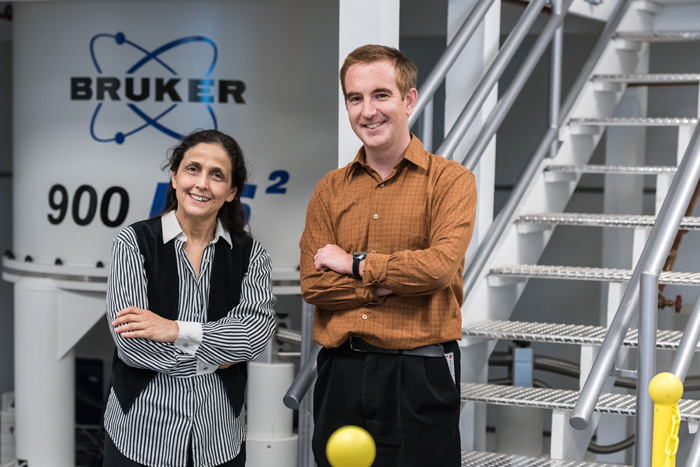
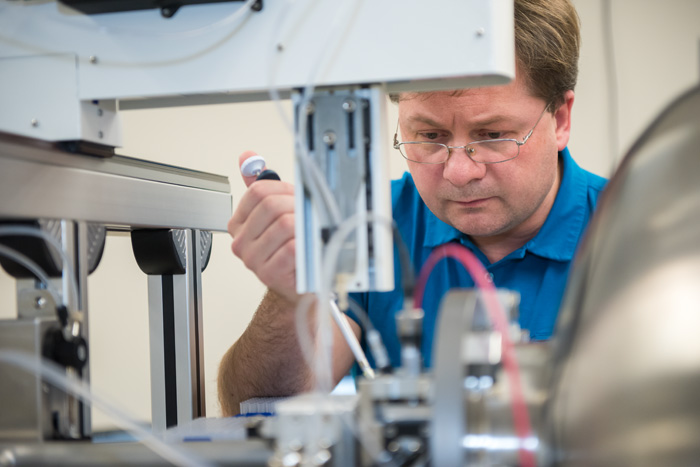
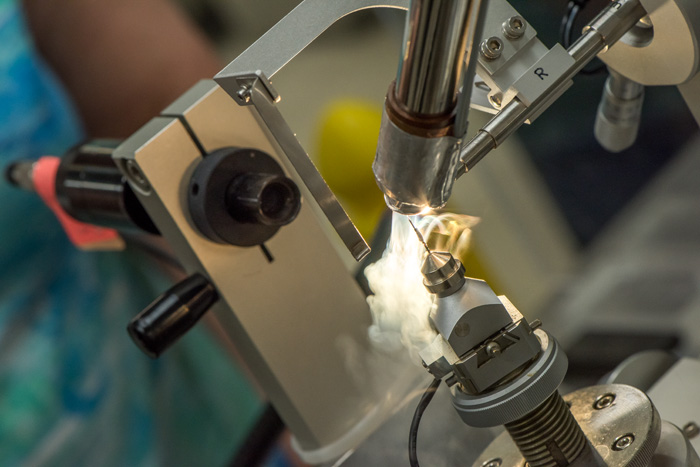
Software - NMRPipe
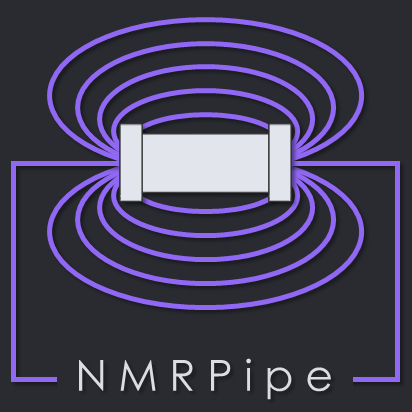
NMRPipe is a UNIX-based collection of programs and scripts for manipulating multidimensional Nuclear Magnetic Resonance (NMR) data. NMRPipe has its genesis as a spectral processing engine, and over the years has been augmented with a variety of facilities for spectral analysis and quantification, extraction of structural information from NMR data, and manipulation of molecular structures. The use of NMRPipe is noted in roughly 40% of all NMR structures accepted into the Protein Data Bank (PDB).
NMRPipeShared Databases
IBBR Groups manage several accessible databases meant as a resource to the research community.
- CoV3D: A resource for structures of coronavirus proteins and their recognition by antibodies and other molecules
- Biological Macromolecular Crystallization Database
- TCRmodel: Automated high resolution modeling of T cell receptors
- MecCog: a knowledge representation framework for genetic disease mechanism
Core Facilities
Insect Transformation Facility
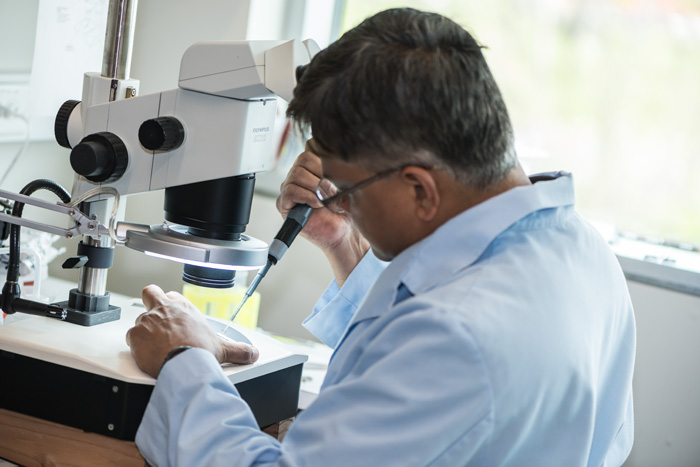
The ITF provides technical services that include delivery by microinjection of insect genetic technologies for genome modification to the soma and germ-line of insects; screening services for genetically modified insects; genetically modified insect line development; and validation.
We also offer training to individuals and groups in all phases of the process of producing genetically modified insects. In addition, we consult with investigators who are planning and executing their own projects to produce genetically modified insects, including best practices for reagent design and delivery, line establishment and validation.
Find out more or request ITF servicesBiomolecular Labeling Laboratory

The Biomolecular Labeling Laboratory (BL2) provides state-of-the-art capabilities in biochemistry, molecular biology and biophysics necessary to support users in the production, purification and characterization of stable-isotope labeled biomolecules for advanced biophysical and bioanalytical measurements. It supports internal measurement programs in areas such as neutron scattering, nuclear magnetic resonance (NMR) and high resolution mass spectrometry, as well as supports the external user community of the NIST Center for Neutron Research (NCNR) .
The BL2 currently supports labeling proteins and nucleic acids with 2H, 13C and 15N. It also has the capability for domain labeling and amino acid-specific labeling of proteins expressed in bacteria and yeast.
Find out more or request BL2 servicesPlant Growth Facility
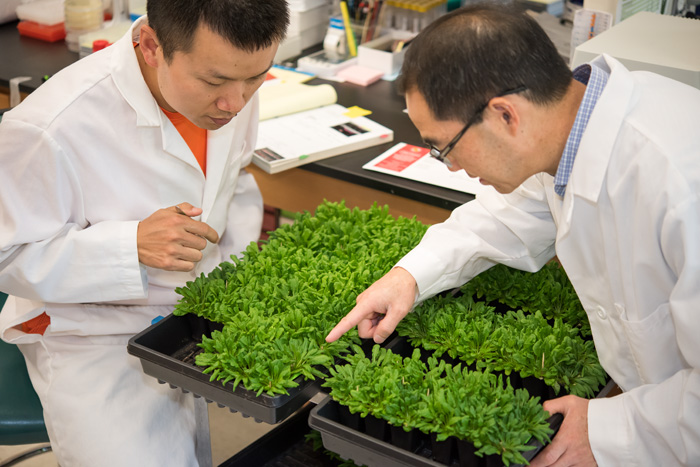
Plant Growth Facilities are used to transform crop plants and model experimental plants for a variety of uses. Applications include production of economically important proteins, enhancement of nutritional value, introduction of pest resistance or herbicide tolerance.
The facilities include a transformation suite, plant tissue culture suite, controlled environment plant growth chambers, and a 4,500 sq. ft. greenhouse for the large scale production and testing of transformed plants.
